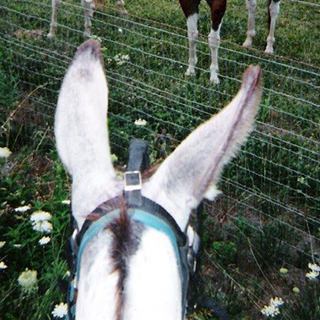If Not for Her Spots
On the Art of Un/naming a New Ass Breed
DOI:
https://doi.org/10.52537/humanimalia.9527Abstract
This essay explores an interdisciplinary art practice of un/naming rooted in the complex fascination of one human artist with a special breed of domestic beast of burden, known as the American Spotted Ass. Through almost two decades of creative adventures — and, more importantly, daily care and intimate becomings with one gentle, wise tri-colored donkey and her herd of kin — this practice has explored fertile cracks found within hidden histories and colorful promises of this peculiarly “American” ass breed. For all the critical questions and biopolitical frissons that append to the act of splattering spots onto the hides of unassuming Equus asinus, I reckon here with a certain complicity, with knotty shames and passions borne in the privileges of breeding domestic species to suit cultural and personal tastes. After all, it was those troublesome spots that brought me to meet her in the first place, and so to live long and happily with a beloved barnyard companion, one special so-called spotted ass respectfully (un)named Aliass.
Downloads

Published
Issue
Section
License

This work is licensed under a Creative Commons Attribution-NonCommercial 4.0 International License.


